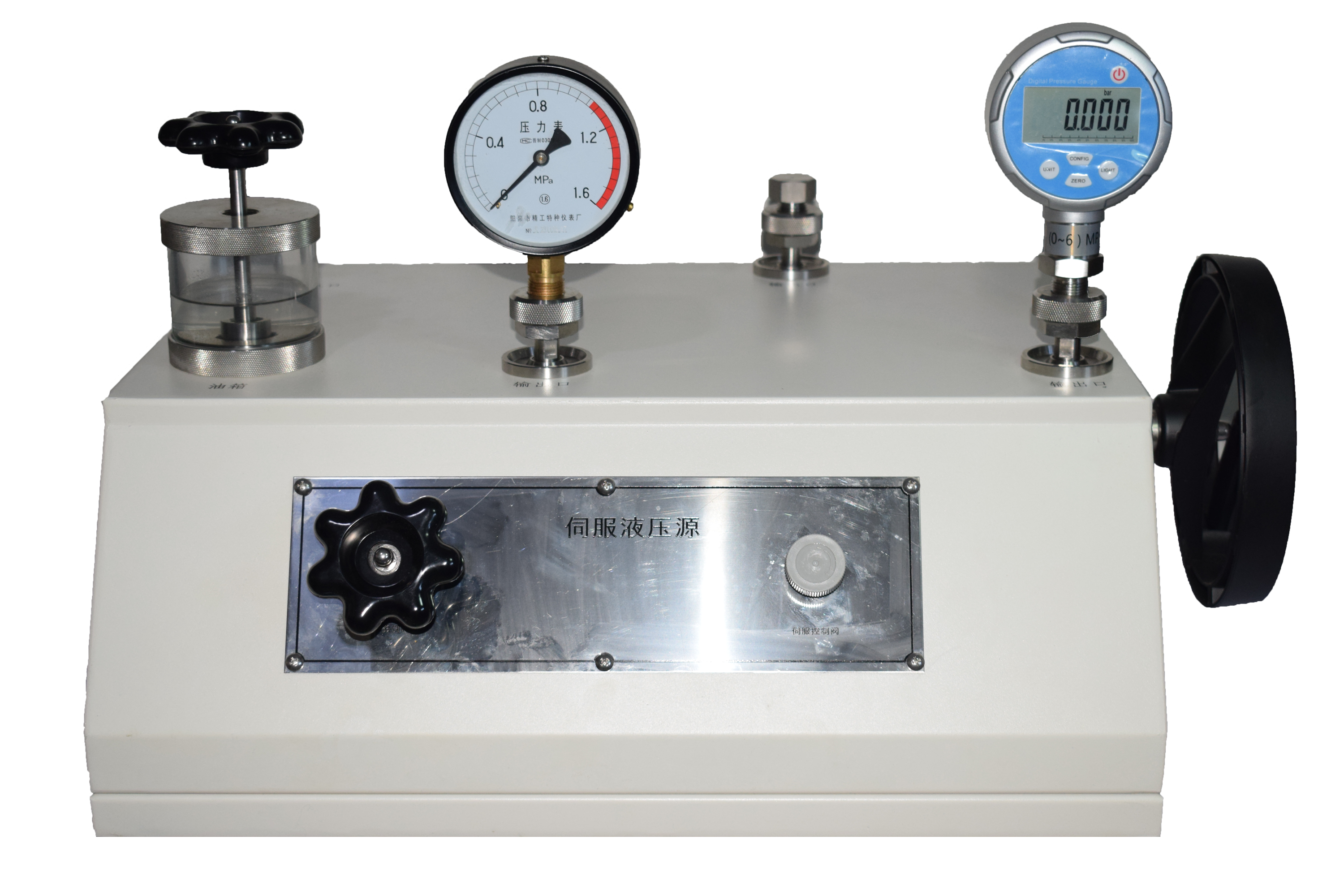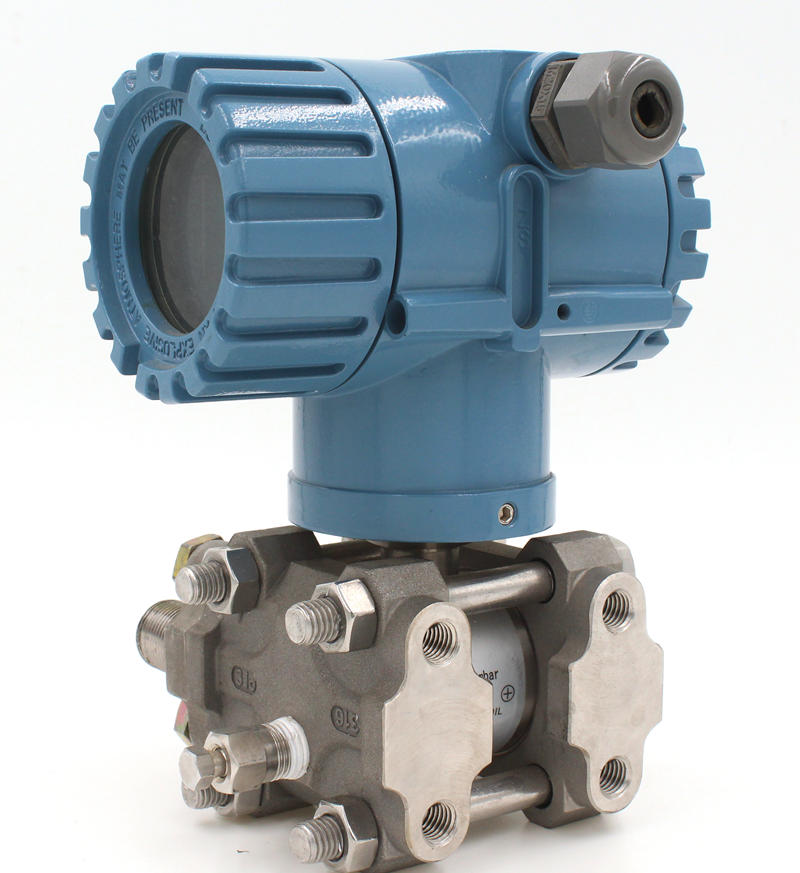The digital pressure gauge must obtain pressure through the opening. The optional space of the pressure tap is larger than that of the instrument inserted. In order to facilitate maintenance, it is necessary to install a valve on the pressure tap. The main valve is usually a needle globe valve or a needle ball valve. When flange connection is used, the main valve is usually a gate valve.
1 Install the pressure pump assembly
1.1 Installation conditions
There are two types of pressure pump components. One is a pressure takeover, which is a short tube. Used for welding pressure points and valves of pipelines. One is an external thread connection. In other words, there is an external thread at one end, and there is usually no thread at one end of KG1/2'. After determining the pressure point of the pipeline, weld the unthreaded end to the pressure point of the pipeline (vertical opening), and screw the threaded end directly to the female shut-off valve (main valve).
No matter what pressure is used, the installation of pressure pump components must meet the following conditions:
1) The location of the pressure element should be selected when the medium flow is stable.
2) If the pressure pump assembly and the temperature source assembly are located in the same pipe section, the pressure pump assembly must be located on the upstream side of the temperature source assembly.
3) When welding pressure pump components, the two ends shall not exceed the inner wall of the process equipment or process pipeline.
4) When measuring the pressure of turbid media such as dust, solid particles or sediments, participants must tilt and install upwards. The horizontal process piping must be installed at an acute angle along the current beam.
(5) When measuring the pressure of liquid, steam or condensed gas with a temperature higher than 60, the source part of the digital pressure gauge installed on site must have a round or u-shaped condensing elbow. As shown in Figures (a) and (b).
6) When measuring pressure with large fluctuations such as the outlet pressure of pumps and compressors, a needle valve and a buffer should be installed in front of the pressure gauge, and a damper should be installed if necessary. As shown in Figure (c);
7) When measuring the medium pressure with high viscosity or high crystallinity, an isolation tank should be installed on the pressure device, the tank and the pressure pipe should be filled with isolation liquid, and heat insulation measures should be taken if necessary. As shown in Figure (d).
(8) When measuring the pressure in the dust medium, it is best to install the dust collector after adopting the pressure device as shown in figure (e).


1.2 Pressure pipeline
1) The pressure pipe where the pressure transmitter is installed should be as short as possible, and the number of elbows should be as few as possible.
2) Select pressure duct and pipe diameter: Local digital pressure gauges usually use 18*3 or 18*3 seamless steel pipes. The digital pressure gauge is basically 18*3 for bending or condensing bending, and the pressure pipe is generally 14*2 seamless steel pipe. High-pressure pipelines with pressure greater than 22MPa must use 14*4 or 14*5 high-quality seamless steel pipes. Pipes with pressure lower than 16MPa sometimes use 18*3, but it is difficult to form or not often used in one cold rolling. For low pressure or low pressure dust gas, 1'water gas pipe is often used as pressure pipe.
3) When placing the pressure pipeline horizontally, it must have a certain slope. Generally, the slope of 1333610-1:2 should remain unchanged. It can be tilted to 1333650 under special circumstances. If the medium of the pipeline is gas, there must be drainage equipment at the lowest position of the pipeline (a drainage valve is usually installed). If the medium of the pipeline is liquid, please install an exhaust device at the highest point of the pipeline (usually install an exhaust valve and some gas collectors). Pressure measurement in isolation mode (1) Use isolation mode to measure the pressure of corrosive and viscous media, which can be divided into two types: blowing method and washing method. The air blowing method is used to measure the pressure of corrosive media or suspensions with solid particles to isolate them. The washing method is used for isolation and is suitable for suspensions containing viscous liquids and solid particles.
2) In pipelines where pressure is measured in isolation, drainage equipment must be installed at the lowest position of the pipeline. There are two methods for injecting spacer fluid. One is to inject the compressed air injected from the drain valve into a special insulating liquid tank from the lowest position of the pipeline until the top valve is full. This method is especially useful if the transmitter is installed far from the pressure point. Another method is that when the transmitter is installed at the nearest pressure point, the isolation fluid gushes from the top wire of the isolation container. The first method is easier to remove air bubbles from the pipe.
washer
Digital pressure gauges and pressure transmitter gaskets usually use tetrafluoroethylene gaskets. Petroleum products can also use gaskets made of oil-resistant rubber asbestos sheets. Steam, water, air and other non-corrosive materials and gaskets may be ordinary asbestos rubber sheets. Use copper pads or graphite pads for saturated steam and superheated steam.
Installation location
The installation location of the local digital pressure gauge must be easy to observe. The pressure gauge at the outlet of the pump must be installed in front of the outlet valve.
2 Pressure pipe connection and corresponding valve
2.1 Classification by valve and pipe joint
1) The pipe connection system mainly uses sleeve valves and sleeves or pipe joints. No need for high temperature, sealing performance, convenient handling, and heat welding.
2) The pipe connection uses an external threaded globe valve and a pressure pad coupling, which is commonly used in the chemical industry.
3) The pipe connection system uses external thread stop valve, internal thread gate valve and pressure cushion pipe joints, which are commonly used connections in oil refining systems.
-The above three methods can be used freely, but if conditions permit, use clamping connections as much as possible.
Universal matching valve
1) The pressure gauge needs to be installed with a valve.
2) In flange connection, the main valve is usually a gate valve.
3) The main valve is not connected by a flange, and is usually a needle-shaped shut-off valve. If the medium is easily blocked, a needle ball valve is usually used. In the case of high temperature and high pressure, a welded shut-off valve made of high-temperature materials must be used for a valve. Two-way and drain valves use J23W-160 needle valves, and their pressure ratings and materials are usually selected according to on-site working conditions.
3 Pressure gauge installation
Pressure pipes in horizontal pipes usually come from the top or the side, so they are easy to install. When installing the pressure transmitter to guide the pressure pipeline, the pressure direction of the horizontal pipeline and the inclined pipeline is: if the fluid is a liquid, the pressure should not be located at the bottom of the bottom semicircular pipe and form a 45-degree angle with the center of the horizontal pipe. If the fluid is steam or gas, it is usually the upper half of the pipe, and the angle to the horizontal centerline of the pipe is 0 to 45.
The connection of measurement pipes on general digital pressure gauges is shown in (e) in a) ~ (e) of figure (a). The installation methods of pressure transmitters are basically the same, including bracket installation, incubator and protective box installation, direct installation, etc. There are two types of bracket installation: one is a bracket on the wall, and the other is a bracket on the floor. These two elevations are usually 1.20m to 1.50m, and keep the elevation of the transmitter indicator at 1.50m. If these two installation methods are in the same factory or the same workshop, the requirements are the same, including differential pressure transmitters, etc., and the elevation of the transmitter is the same. ) The brackets installed on the wall and the floor must be the same.



 Consulting
Consulting


